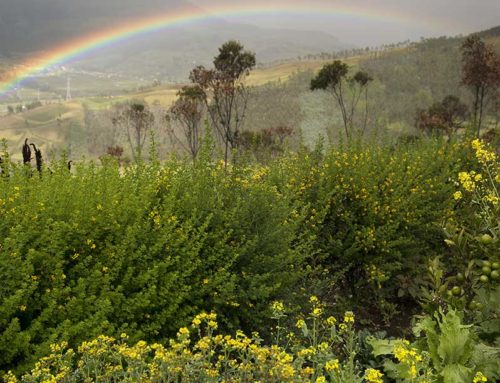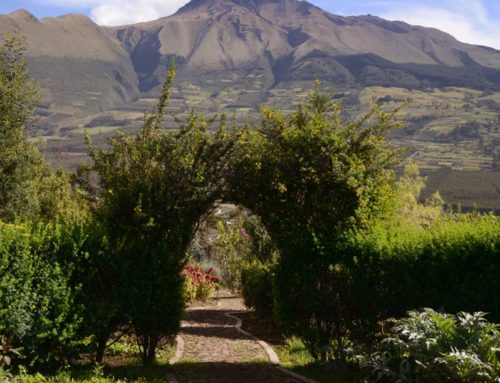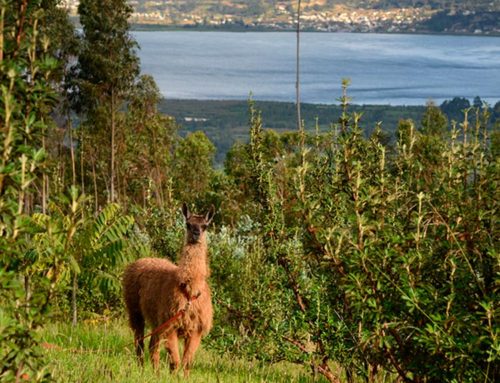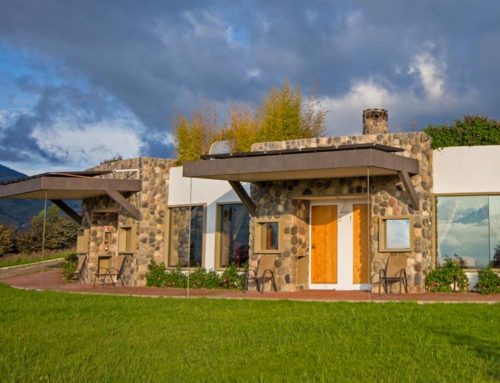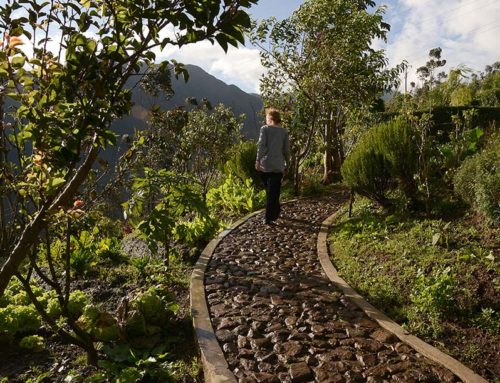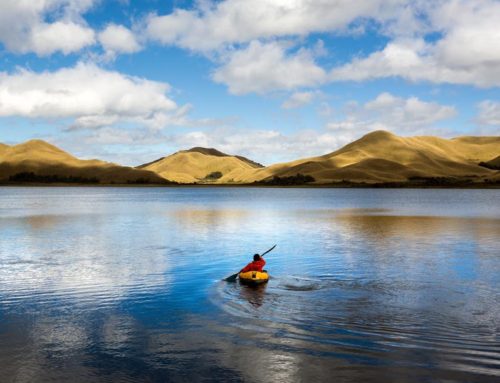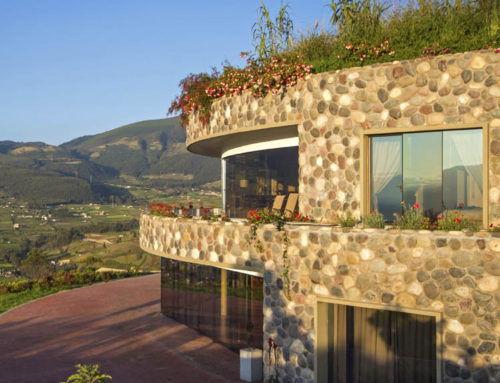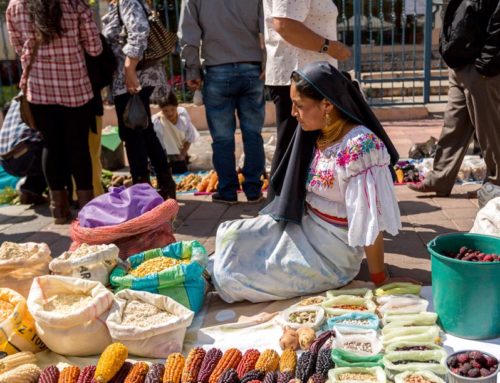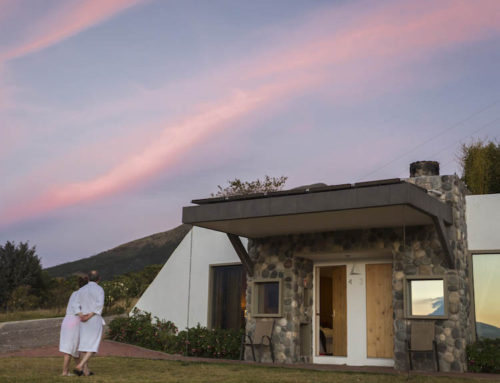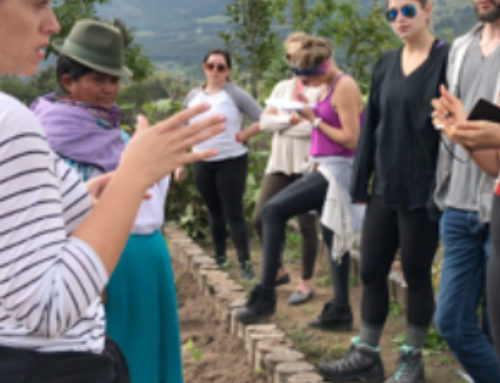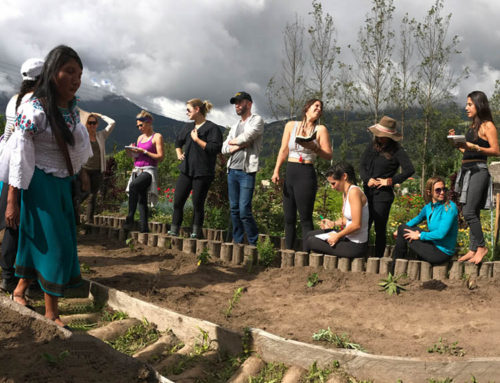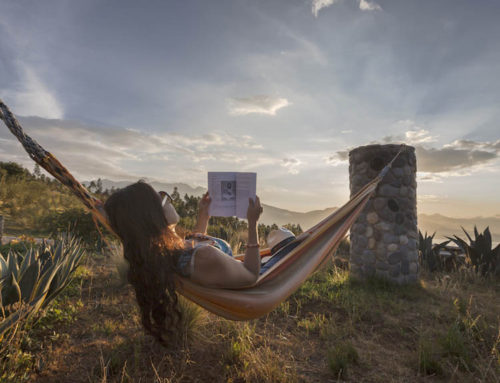The Story Behind My SachaJi – How a ‘feeling’ became a pioneering eco-lodge
When Maria Teresa Ponce first stood on the grounds that we now know as My SachaJi, there was nothing but a windswept, scrubby hillside looking onto the Imbabura volcano and San Pablo Lake.
Her father had a farmhouse in nearby Cusin, and Maria Teresa had grownup horseback-riding around the mysterious lakes, forests, and hillsides of the area and felt a natural affinity with it. An architect and real estate developer, her father encouraged her to choose some land in the 1990s that he would buy on her behalf.
“I chose the spot because I liked how it felt,” says My SachaJi’s warm, hands-on founder simply, adding that she was attracted to the area’s history.
Born in the Ecuadoriancapital city Quito, Maria Teresa attended high school and university in the United States. During a challenging moment of her life, she visited anArizona sweat lodge (an ancient ceremony inwhich hot stones are placed within a small, womb-like cabin toinduce profuse sweating) which“produced a spiritual awakening and a feeling like I was in love.”
She explains, “It was such a beautiful feeling that I tried to look for something to continue it.”
She discovered that yoga was the key tomaintaining the momentum, and immersed herself in it, alongside the photography she had already made her name in. It was this immersion that led her to recognise that there was something that people like her needed.

“We needed a space for healing and sustainability,” she explains, as the idea for a wellness eco-lodge began to take shape.
As an architecture graduate who hadn’t managed to put her skills into practice since the financial collapse of the late 1990s, Maria Teresa decided to design the property herself and enlisted her father to help. Building began in 2011.
“It was an interesting process as it was the first and last project with my father,” she says.
And although she says it was a “neat thing to do together,” the working relationship did not come without its difficulties, many of which sprung from the pair’s opposing perspectives on design: Maria Teresa’s fengshui versus her father’s modernism.
“We would have these huge fights,” she remembers. “Once, he asked me why I decided to put the main building where I did, and I told him that it was because I had meditated there! He couldn’t believe it.”


Six months after the completion of the property, Maria Teresa’s father died, and My SachaJi would be one of the last projects he ever worked on.
But since its opening in 2013, My SachaJi has grown and matured, much like its colourful vegetable garden. It has been given nod of approval by spiritual healer Guru Dev, gained a reputation for its one-of-a-kind Andean wellness treatments, and thousands have witnessed the stunning view of the lake and volcano for themselves.





